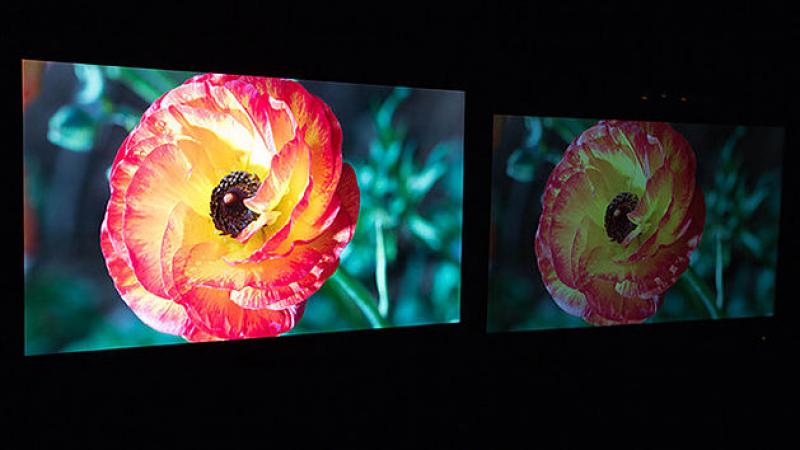Dolby Labs is one of the most influential and respected companies in the AV Industry. Ray Dolby invented the original video recorder while at Ampex Corporation and went on to found Dolby Labs. In his brilliant career, Ray was responsible for major breakthroughs in sound recording including Dolby Noise Reduction which help to eliminate the hiss in early tape recordings. Dolby's company continued on their pioneering efforts and made numerous inventions including: Dolby Surround, Dolby Digital Surround Sound, Dolby EX, etc. Due to Dolby's efforts, you cannot purchase any AV Receiver and or processor that doesn't have some version of a Dolby product embedded in the design.
Dolby Vision:
About one year ago, Dolby Labs introduced Dolby Atmos. Atmos is an object based recording system that essentially creates an audio element as a single object. The audio engineer has the ability to place it anywher in a three dimensional space as well as the ability to move that object around as a scene develops. Initially, I was somewhat suspect of its "street cred" but came to appreciate it after hearing a well recorded and mixed Dolby Atmos presentation.
Dolby Vision is Dolby Lab's attempt to enhance current TV Display technology by delivering greater brightness, more contrast and more color to the TV Display. Current TV's can only display 33% of the available color range. Dolby Vision enabled TV's can provide images up to 40 times brighter than conventional sets and Contrast Ratios of 2 million to 1. This my friends is significant in terms of the observed picture quality. In fact, the impact of Dolby Vision is arguably more important than conventional sets that only provide 4K compatibility. Said differently, a 1080P Dolby Vision TV would look better than a 4K TV without the Dolby Vision capibiity. Naturally, all of this demands that the film material be properly mixed and that the associated AV Equipment also has the ability to display HDR type material. HDR is the monkier for High Dynamic Range.
In closing, I'd strongly urge everyone to visit Dolby's website to get a better appreciation of how these two technologies work.
Link: http://www.dolby.com/us/en/index.html
Best regards,
Resident Stereomeister











